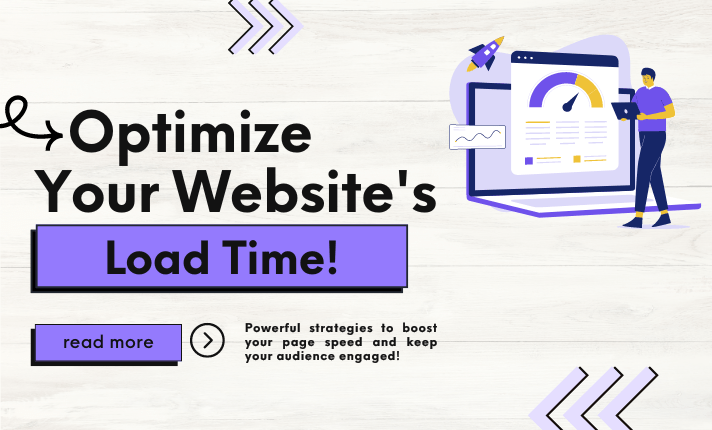
10 Simple Techniques to Boost Website Page Speed
The user experience of your website, SEO results, and general performance depend critically on page speed. Not only does a quicker website keep users interested but it also lowers bounce rates and boosts conversions. Here we will go over ten efficient strategies to increase website page performance so that your site performs as fast and faultless as it could.
1. Optimize Images
Huge graphics will significantly slow down your website. Compress photos without sacrificing quality with TinyPNG or ImageOptim. Make sure images are also in the right format; JPEG for photos and PNG for graphics, including transparent backgrounds.
2. Activate Browser Cache
Static files kept in the user’s browser by browser caching help to prevent reloading every time they visit your website. For things that hardly change, set your cache expiration for at least a week, or even a year.
3. Minify HTML, JavaScript, and CSS
Minification speeds up the load of your website by eliminating extraneous characters, including spaces and comments, from your code. Automaton of this process can be facilitated by tools such as HTMLMinifier for HTML, CSSNano for CSS, and UglifyJS for JavaScript.
4. Utilize Content Distribution Networks (CDNs)
To minimize load times, CDNs save copies of your website’s files across several sites all around, therefore delivering them from the closest server to the user. Among popular CDNs are Akamai, Amazon CloudFront, and Cloudflare.
5. Reduce Redirects
Redirects might slow down your site by generating extra HTTP enquiries. Review your site to eliminate extraneous redirection and guarantee that every internal link points straight to the destination without several leaps.
6. Use Lazy Loading
Lazy loading postpones loading of images and other non-critical items until they are required. This lowers initial load times and frees user bandwidth, therefore enhancing the general page speed and performance.
7. Optimize Web Fonts
Fonts sometimes give a page pointless weight. Limit the number of font variations, guarantee font-display: swap is enabled to improve perceived load speeds and use contemporary web font formats like WOF2.
8. Lower Server Reaction Time
Your page speed can suffer from slow server response times. Measure server response times with Google Page Speed Insights; then, think about improving your current server configuration or even switching to a faster server.
9. Load Asynchronous CSS and JavaScript
Multiple scripts can load simultaneously through asynchronous loading, therefore avoiding the browser from being blocked while a script finishes. Page load performance can be much improved in your script tags by including asynchronous or defer characteristics.
10. Turn On Compression
Compression, including GZIP, speeds up download of your files and shrinks their size. Before forwarding files to the browser, make sure your server is configured to compress them so as to save bandwidth and speed up your website.
Conclusion
Maintaining visitors interested, raising your search engine results, and improving general user experience all depend on your website page speed. These ten sensible ideas can help you guarantee that your site performs faster, more smoothly, and more effectively. Start improving your website page performance right now; wait is not something you want!

